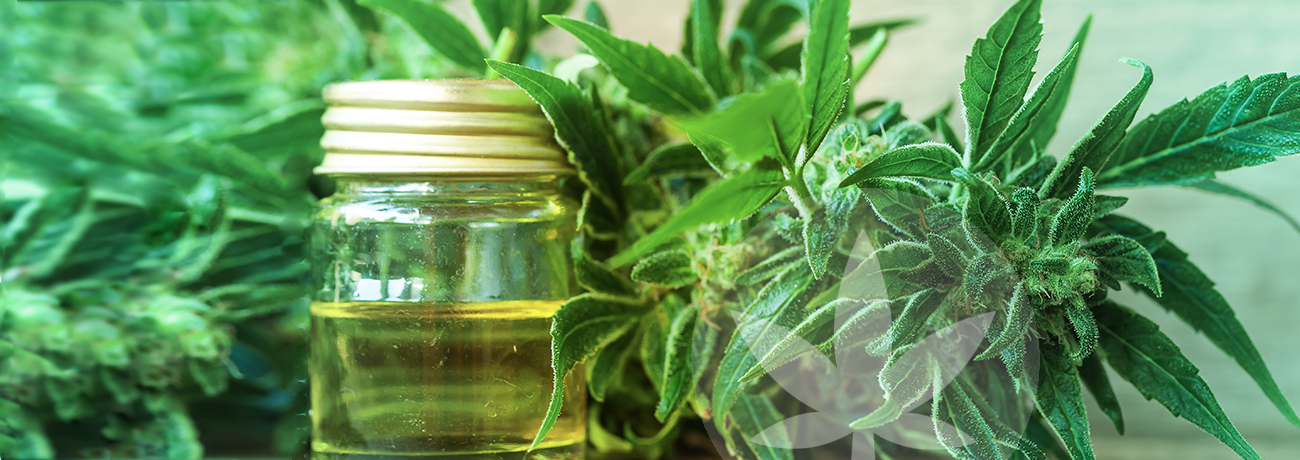The statistics in both the US and in Europe looks bleak with rising opioid-related deaths and rampant opioid addiction. Although medications with opioids in them are effective at treating pain, they have hard-core side effects, and most worryingly, are ridiculously addictive. The staggering rate of addiction to prescription and non prescription medication is a crisis that has medical community grasping for alternative treatments. Continue reading to see if CBD (cannabidoil) could be the answer we’ve all been waiting for.
Opioids have been used for Millennia
Opioids are among the world’s oldest drugs, with evidence of their use traced back as far as the Stone Age. Historians and archaeologists have discovered evidence of opioid use among quite a few major civilisations. Now snap forward to modern day, and the continued use of opioid medication is as pervasive as it’s ever been. Legal, pharmaceutical opioid drugs include morphine, methadone, oxycodone, and the extremely powerful fentanyl. Heroin is also an opioid; but thankfully, it is illegal globally.
Opioids in the West have been used since the 19th century thanks to their effective pain-relieving and anaesthetic properties. However, they have a list of side effects longer than your arm ; side effects include sedation, nausea, respiratory depression, and constipation, the list goes on. Together with a high rate of addiction, their potency is a recipe for disaster.
Opioid addiction is on the rise
In a 2017 report by the European Monitoring Centre for Drugs and Addiction it draws attention to just how serious the situation has become. Drug overdose deaths in Europe have risen for the third year in a row, with heroin attributed to many cases. The picture is perhaps worse in North America, with the region experiencing “considerable morbidity and mortality associated with the misuse of prescription opioids”. There is no denying that opioid misuse and addiction are two incredibly challenging issues, but what they do highlight is a clear need for alternative treatment options.
We need alternative options to satisfy two fronts: firstly, pain relief that is not as addictive, and secondly, a medication that can restore to health patients and support the therapy of opioid addiction. It is important understanding how opioids interact with the human body before we discover how CBD could be adifferent treatment that tackles both of these issues.
What is it that opioids do, and how do they function?
Opioids bind to our opioid receptors in our central and peripheral nervous system as well as our GI tract. Once opioids bind to a receptor, they act directly on the central nervous system to diminish the feeling of pain, or in the case of our digestive system, to reduce motor activity and stress response.
Circumstances like the type of opioid, its potency, the location of the receptor, and if it is an agonist or antagonist of that receptor all play a role in the possible biological outcome. With enough research, we could learn to control the reactions taking place. At the moment, there is evidence to support a build-up of tolerance to opioids. Increasing the dosage may be needed to provide the same level of pain relief over time, which in turn leads to greater severity of side effects and an increased likelihood of addiction.
CBD could be the answer in helping to tackle the opioid crisis on multiple fronts
With a deeper understanding of how opioids interact and the risks associated with continued use, it is easy to see how valuable alternative treatments are. The close relationship between cannabinoids, and the endocannabinoid system, and acute or chronic pain have been observed across numerous studies. A noteworthy number of cannabinoid receptors are linked to our nervous system, and it is believed that interactivity between these receptors and cannabinoids could be an alternative route to harmful opioid medication.
CBD was found to “suppress chronic inflammatory and neuropathic pain without causing apparent analgesic tolerance” in a rodent model performed by the Laboratory for Integrative Neuroscience. However, that only potentially solves one half of the issue. The other is discovering non-opioid medications to deal with opioid addiction.
Happily, CBD may have solved this problem as well. A review into the early phase development of cannabidiol as a treatment for addiction found that CBD has the potential “to inhibit drug-seeking behaviour“. The review took into account preclinical animal investigations and human clinical trials, but did acknowledge that “further exploration” was needed to establish CBD’s efficacy as a therapeutic intervention for opioid relapse.
The need for alternative treatments is significant
Alternative treatments for pain—ones that don’t impose the same severity of side effects, and that carry far lower rates of addiction—are paramount. The perfect alternative would be one that is widely accessible, safe, and with minimal potential for abuse. Thankfully, the growing acceptance of cannabinoids and their medicinal use appears to go hand in hand with the base requirements of opioid alternatives. Most appear well-tolerated, and in the case of CBD, “exhibit(s) no effects indicative of any abuse or dependence potential” according to a review by the World Health Organisation.
Both cannabinoids and opioids work using a similar principle—they interact with receptors that trigger biological reactions. Despite their impact on the body being worlds apart, it is this similarity in their mechanism that makes cannabinoids one of the most viable alternatives for treating opioid addiction. As part of a comprehensive treatment programme, the research above indicates that cannabinoids like CBD could potentially be used to break the cycle of addiction associated with opioids.
Only more research and a greater acceptance of cannabinoid-based treatments will ascertain their true potential in tackling addiction and pain management.


